During the two years Vincent van Gogh spent in Paris, the artist saw himself exposed to many different influences: Not only did he meet avant-garde artists representing art movements like ImpressionismImpressionism was an art movement of the 19th century developed in France, based on the practice of painting spontaneously out-doors (“en plein air”) rather than in the studio. Key impressionist subjects were everyday scenes and landscapes, in which the momentary and transient effects of sunlight should be captured. The artists worked directly in front of their subjects, using rapid brushwork More and Pointillism, but he also started collecting ukiyo-eUkiyo-e, meaning "pictures of the floating world," is a genre of Japanese art that flourished from the 17th to the 19th century. These woodblock prints and paintings capture the vibrant urban culture of Edo-period Japan, depicting everything from beautiful women to dramatic landscapes. Origins and Development • Period: Emerged during the Edo period (1603-1868) • City of Origin: Edo (modern More or Japanese woodcut prints, which were available in the West starting in the second half of the 19th century. These prints became one main source of inspiration for van Gogh: He modernized his style, adapting bright exotic colours and the spacial concepts, in which the horizon would often be excluded, elements of the picture would be cropped at the edges, and bold lines added to the objects presented. In “Irises” and many more of his flower pictures such as “Almond Blossom”, “Almond Blossom in a Glass”, and “Apricot Flower”, van Gogh implemented these Japanese influences.
Where is the picture “Irises” today?
The original paintingPainting is a fundamental form of visual art that has been practiced for thousands of years. It involves applying pigment to a surface such as canvas, paper, or a wall. Painting can be explored through various styles, techniques, and mediums, each offering unique possibilities for expression and creativity. Historical Background • Ancient Beginnings: The history of painting dates back to More of van Gogh’s “Irises” has been held in the permanent collection of the J. Paul Getty Museum, Los Angeles, California.
What’s in it?
In his paintingPainting is a fundamental form of visual art that has been practiced for thousands of years. It involves applying pigment to a surface such as canvas, paper, or a wall. Painting can be explored through various styles, techniques, and mediums, each offering unique possibilities for expression and creativity. Historical Background • Ancient Beginnings: The history of painting dates back to More “Irises”, van Gogh depicts a close-up of the purple flowers from the garden of the psychiatric asylum in Saint-Rémy in southern France. The violet and green of the flowers contrast sharply against the background of many different shadesIn color theory, a shade is a darker version of a color, created by adding black to the original hue. This concept is essential for artists and designers, as it allows for a range of deeper, more intense tones that can add depth and drama to a composition. Defining Shade A shade results from mixing a pure hue with black. More of red soil. In style, the paintingPainting is a fundamental form of visual art that has been practiced for thousands of years. It involves applying pigment to a surface such as canvas, paper, or a wall. Painting can be explored through various styles, techniques, and mediums, each offering unique possibilities for expression and creativity. Historical Background • Ancient Beginnings: The history of painting dates back to More strongly resembles Japanese woodblock prints (ukiyo-eUkiyo-e, meaning "pictures of the floating world," is a genre of Japanese art that flourished from the 17th to the 19th century. These woodblock prints and paintings capture the vibrant urban culture of Edo-period Japan, depicting everything from beautiful women to dramatic landscapes. Origins and Development • Period: Emerged during the Edo period (1603-1868) • City of Origin: Edo (modern More) collected by van Gogh: The flowers are outlined in dark colours, unusual angles and flattish local colour are applied. Yet the overall appearance of the scene is full of softness and lightness.
What’s the context?
Van Gogh Facts:
Due to bouts of mental instability, Vincent van GoghVincent van Gogh (1853 – 1890) is one of the renowned Post-Impressionist artists, best known for his striking use of colour, emphatic brushwork, and contoured forms. As a son of a pastor, the Dutch artist war brought up in a religious and cultured atmosphere. After working unsuccessfully as a clerk at a bookstore, as a salesman, and as a preacher More had to spend one year in the mental asylum in Saint-Rémy-de-Provence. Notwithstanding his unstable health, the Dutch artist was highly productive, creating about 150 paintings in one year. “Irises” was the first picture he painted in the asylum, working in the open courtyard of the institution. He considered paintingPainting is a fundamental form of visual art that has been practiced for thousands of years. It involves applying pigment to a surface such as canvas, paper, or a wall. Painting can be explored through various styles, techniques, and mediums, each offering unique possibilities for expression and creativity. Historical Background • Ancient Beginnings: The history of painting dates back to More to be part of his mental recovery, calling it “the lightning conductor for my illness”.
Chatter and Prattle
- Record price: “Irises” was sold in 1987 for 53.9 million USD, at that time, holding the record for the most expensive paintingPainting is a fundamental form of visual art that has been practiced for thousands of years. It involves applying pigment to a surface such as canvas, paper, or a wall. Painting can be explored through various styles, techniques, and mediums, each offering unique possibilities for expression and creativity. Historical Background • Ancient Beginnings: The history of painting dates back to More ever sold. The record stood for over two years.
- The Getty Museum and Van Gogh: After that, the paintingPainting is a fundamental form of visual art that has been practiced for thousands of years. It involves applying pigment to a surface such as canvas, paper, or a wall. Painting can be explored through various styles, techniques, and mediums, each offering unique possibilities for expression and creativity. Historical Background • Ancient Beginnings: The history of painting dates back to More has been bought and sold a dozen times, the last being a purchase by the J. Paul Getty Museum in Los Angeles, California in 1990, where it is still kept today. The museum refused to disclose the price.
Recommended Readings:
This article may contain compensated links. Please read Disclaimer for more info. As an Amazon Associate, I earn from qualifying purchases.
Ingo F. Walther et al. (2020): Van Gogh. The Complete Paintings
Vincent Van GoghVincent van Gogh (1853 – 1890) is one of the renowned Post-Impressionist artists, best known for his striking use of colour, emphatic brushwork, and contoured forms. As a son of a pastor, the Dutch artist war brought up in a religious and cultured atmosphere. After working unsuccessfully as a clerk at a bookstore, as a salesman, and as a preacher More (2020): The Letters of Vincent Van Gogh
Martin Gayford (2008): The Yellow House: Van Gogh, Gauguin, and Nine Turbulent Weeks in Provence
Steven Naifeh et al. (2012): Van Gogh: The Life (RANDOM HOUSE)
Steven Naifeh (2021): Van Gogh and the Artists He Loved

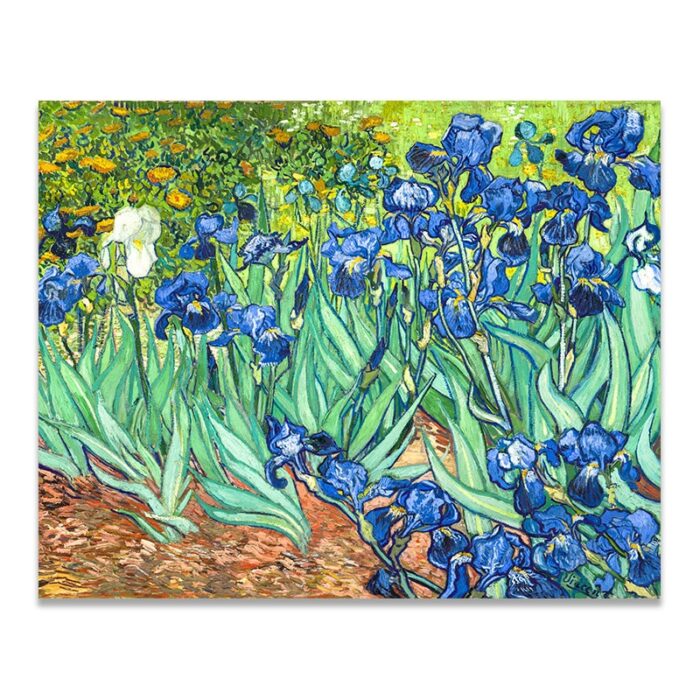
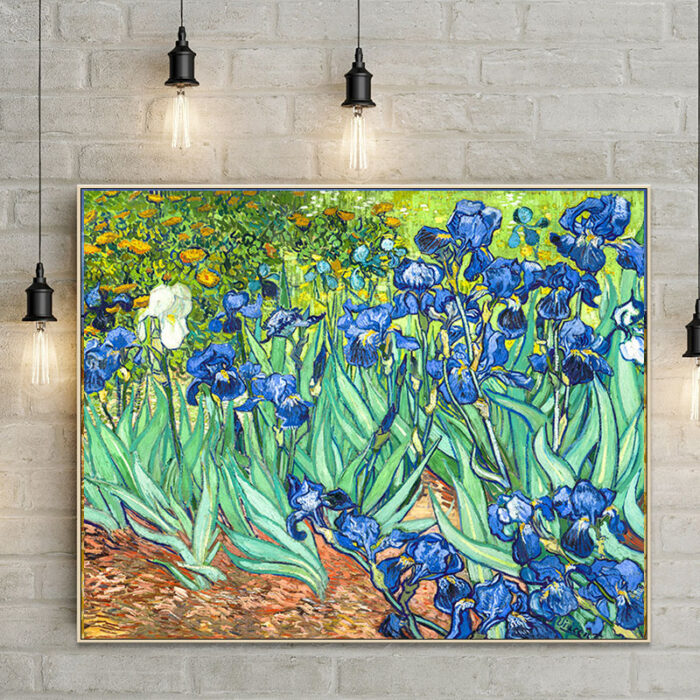
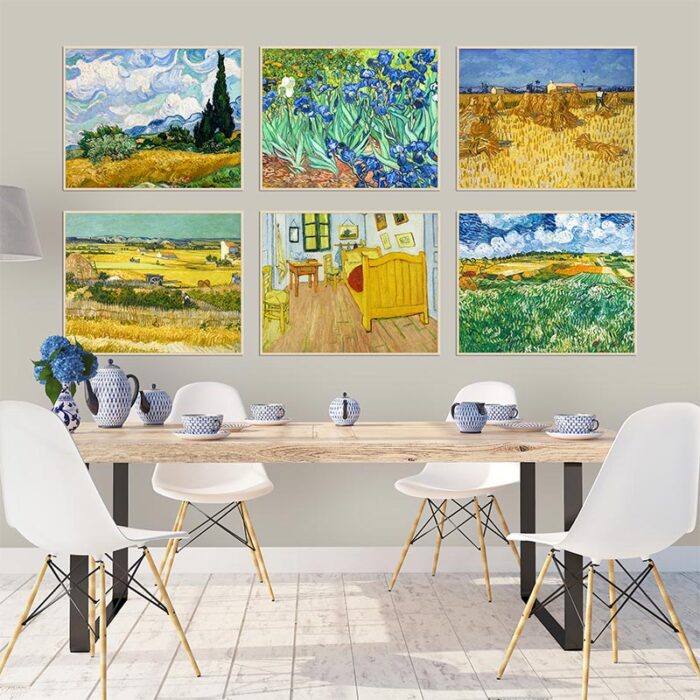
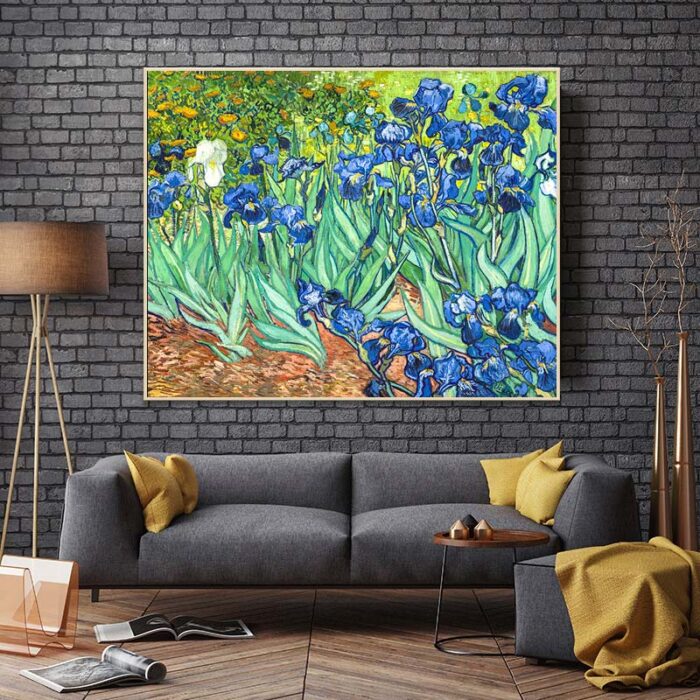
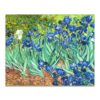
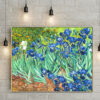

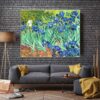
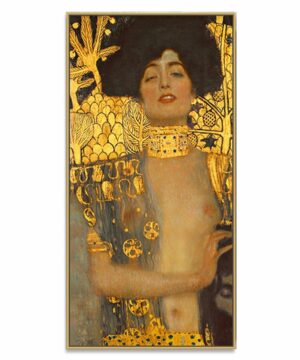

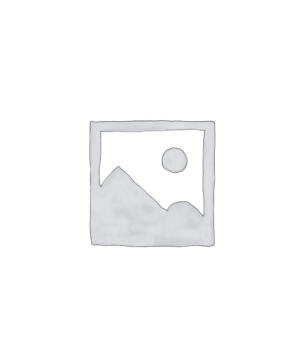
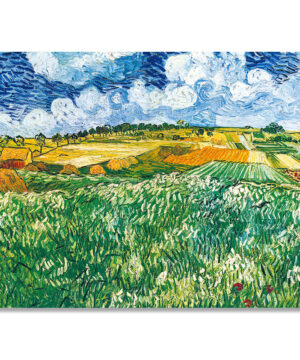
Reviews
There are no reviews yet.